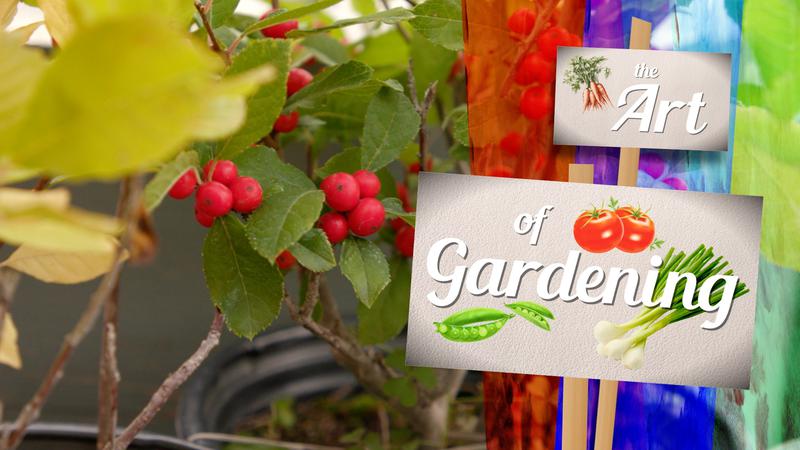
Kamloops just had the driest spring in 120 years: Environment Canada
KAMLOOPS — Environment Canada says the spring of 2021 was the driest Kamloops has seen in 120 years.
Speaking to CFJC Today, forecaster Armel Castellan says Environment Canada considers spring to consist of March, April and May, rather than from the vernal equinox to the summer solstice.
Castellan says 5.8 millimetres of rain was measured in Kamloops last month.
“For March and April, when we add them to mix for meteorological spring, only 10.3 millimetres has fallen,” said Castellan. “Normally, for those three months you would see 54.2 millimetres, so that’s 19 per cent of normal.”


